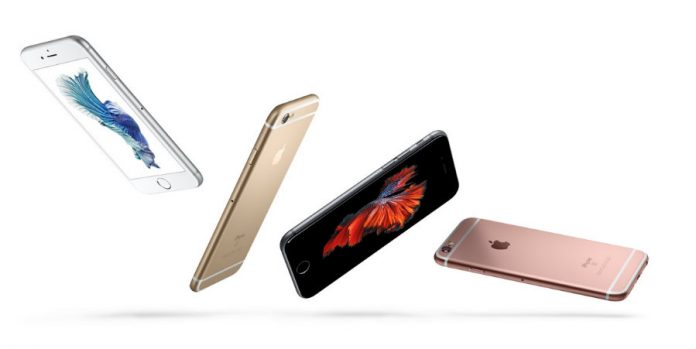
The release of the first iPhone back in 2007 reshaped the smartphone industry forever and made manufacturer Apple one of the world’s most valuable companies. In the United States, the iPhone holds the largest share of the smartphone market with 43.6%.
The iPhone was responsible for transforming smartphones from a simple communication tools into multitasking devices that, according to Apple founder Steve Jobs, became a way of life. He was right.
12 more iPhone models followed albeit with a different reception from users. Some were impressive improvements, other in turn were utterly pointless.
Not a single iPhone has been a complete failure. These worldwide famous phones have sold together more than 1 billion units as of 2016. But let’s focus on the ‘worst’ to have seen daylight.
iPhone 3G and iPhone 3GS
The second generation of iPhone, the 3G was released in 2008 and marketed as “the iPhone you have been waiting for” or as “the first phone to beat the iPhone.” Although it did beat its predecessor in sales, the iPhone 3G fell short of expectations.
Sure, the 3G introduced App Store, probably iPhone’s best all-time feature, but wasn’t as important or influential as the first Apple phone. With the same CPU, memory, storage, battery and camera specs, it was more of refinement than an actual second-gen iPhone.
Labeled as insufficient and less than claimed by Apple, battery life was one of its most criticized aspects. Battery issues further aggravated when updated to iOS 4, with users claiming the 3G’s battery life diminished, and the device became excessively hot. They added that it also responded slowly to the new operating system.
Its successor, the third-gen iPhone 3GS, didn’t quite impress as well. The S stood for Speed and it was certainly fast, but it felt like another polish instead of a stand-alone improvement. As with the 3G, overheating was also a problem with clients even reporting discoloration of the device due to heat.
iPhone 4S
This time the S stood for Siri, Apple’s intelligent personal voice assistant, but the iPhone 4S suffered the same fate as the 3GS. It just wasn’t a significant leap forward from the iPhone 4 and it also didn’t help that Siri wasn’t as cooperative. She just had a hard time understanding accents from several countries.
https://www.youtube.com/watch?v=pYRkTV5ZMJE
Plus, the 4S had some problems like no audio on outgoing calls, no speaker audio for web services, yellow-tinted screens, battery issues, deficient Bluetooth connectivity and range, and Wi-Fi overheating after updating to iOS 7. Nevertheless, it has managed to keep going with Apple granting the iOS 9 update to 4S users.
iPhone 5c
The only iPhone to be released as a lesser than or more affordable model, the 5c obviously suffered from those labels. The polycarbonate case was considered a style downgrade in contrast to the aluminum bodies of the iPhone 5 and iPhone 5s.
And when compared to the features and storage space of the 5s, despite $100 more expensive, most noted that buying the 5c was ultimately not worth the trouble. Additionally, the 8GB version was nearly useless as iOS 8 took more than half of that space, and the iPhone 5c was also too pricey to compete in the cheap smartphone market.
Source: Phone Arena










